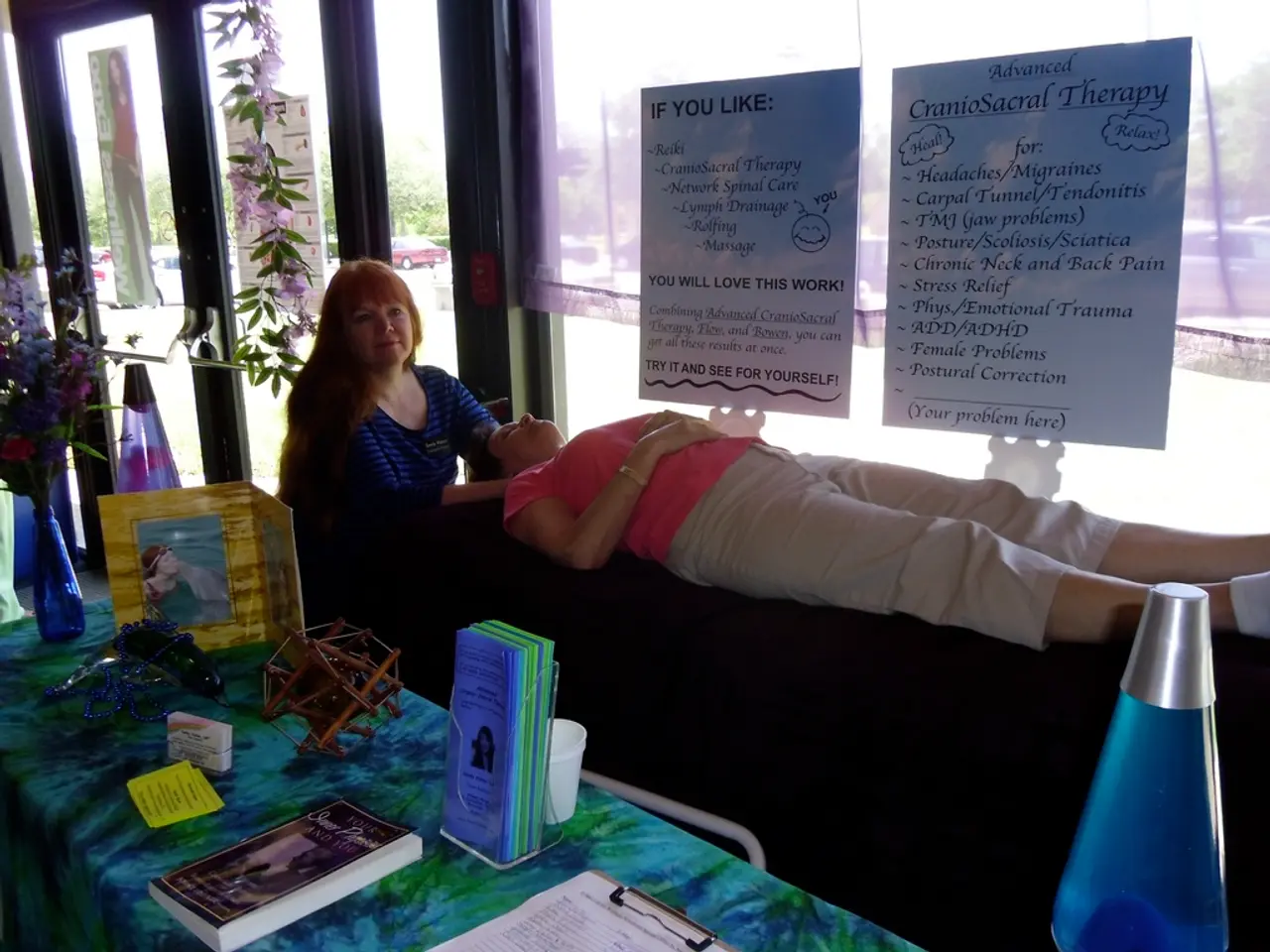Chaotic Orders in Brain Processing: The Boost of Cognitive Problemsolving through Randomness
Unleashing Creativity: The Role of Brain Entropy
Brain entropy, a concept that refers to the complexity and variability in brain activity patterns, is shedding light on the neural basis of creativity. This measure of how unpredictable or flexible neural signals are, can foster a richer repertoire of neural dynamics, promoting a more creative mind.
Higher brain entropy signifies diverse and less predictable brain states, enabling the brain to explore a wider range of ideas, associations, and mental states. This flexibility in neural processing supports the novel recombination of existing knowledge, the essence of creative thinking.
In essence, higher brain entropy supports divergent thinking, allowing for more flexible information processing, which can lead to innovative ideas and solutions. This is crucial as creativity often involves forming new links between existing concepts rather than creating something completely novel from scratch.
Supporting this theory, neurological conditions that alter brain chemistry and dynamics, such as Parkinson’s disease, sometimes result in increased creativity, possibly due to shifts in neural processing that increase entropy or reduce self-censorship.
Moreover, brain processing capacity involves compressing vast sensory inputs into manageable conscious experiences. Flexibility in neural coding (i.e., entropy) might help balance information compression and novel interpretation.
The entropic brain hypothesis suggests that different levels of brain entropy correspond to different states of consciousness. Research into psychedelics has shown that substances like psilocybin or LSD significantly increase brain entropy, potentially explaining their association with heightened creativity and altered states of consciousness.
Practices like meditation, free writing, improvisation, and strategic boredom can help increase mental entropy, fostering a creative environment. Breaking routines, mixing disciplines, using random input, allowing daydreaming, and juggling constraints are simple strategies to boost brain entropy.
History's greatest inventions often rely on a brain primed to connect unrelated dots. The microwave oven and Velcro, for instance, are testament to the power of divergent thinking. A brain with high entropy shows complex, dynamic activity with many possible states, making it an ideal candidate for generating novel ideas and solutions.
However, it's important to note that excessive entropy, as seen in mental health conditions like schizophrenia, can lead to disorganized thought. Maintaining a balance is key to harnessing the power of brain entropy for creativity.
In conclusion, brain entropy provides a neural basis for creativity by promoting flexible, less predictable brain activity that supports the novel recombination of ideas and perspectives. By understanding and nurturing brain entropy, we can foster a creative mindset, potentially leading to groundbreaking inventions and innovative solutions.
- Enhancing the creative mind requires promoting a more entropy-rich brain, as a higher level of brain entropy signifies diverse and less predictable brain states.
- The novel combination of existing knowledge, the essence of creative thinking, is supported by the flexibility in neural processing that higher brain entropy provides.
- In the realm of health-and-wellness, practices like meditation, free writing, and strategic boredom can help increase mental entropy, fostering a creative environment.
- Innovative ideas and solutions can stem from a brain that exhibits complex, dynamic activity with many possible states, as shown by examples like the microwave oven and Velcro.
- Balance is key to harnessing the power of brain entropy for creativity, as excessive entropy, as seen in mental health conditions like schizophrenia, can lead to disorganized thought.
- Science continues to explore the connections between brain entropy, mental health, and fitness-and-exercise, with research indicating that certain supplements and nootropics might influence brain entropy levels.
- Cognitive exercises, brain games, and learning new skills can also help increase brain entropy, offering a myriad of opportunities to stimulate creativity and mental health.
- Neurological conditions, such as Parkinson’s disease, have shown increased creativity possibly due to shifts in neural processing that increase entropy or reduce self-censorship.
- The understanding and nurturing of brain entropy hold immense potential for the future of science and innovation, as it provides a neural basis for creativity and the fostering of a creative mindset.




